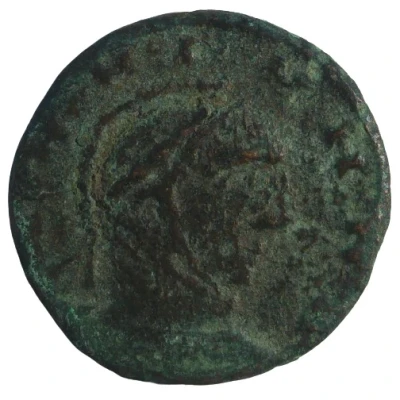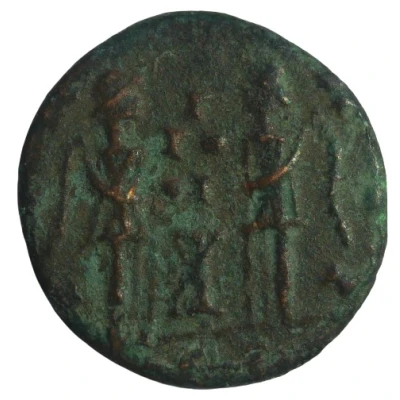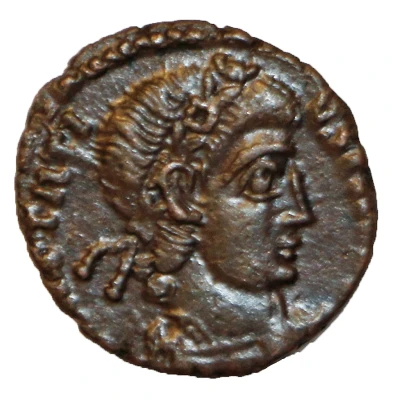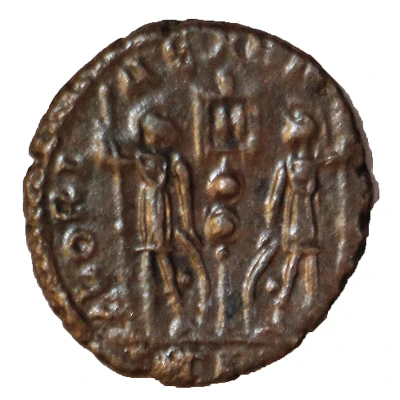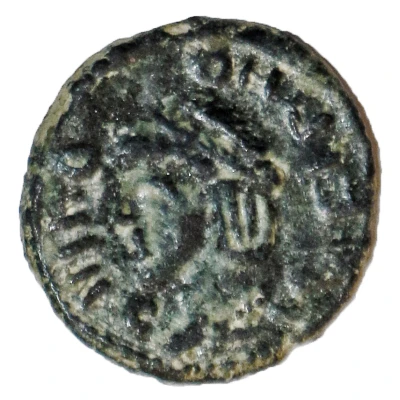
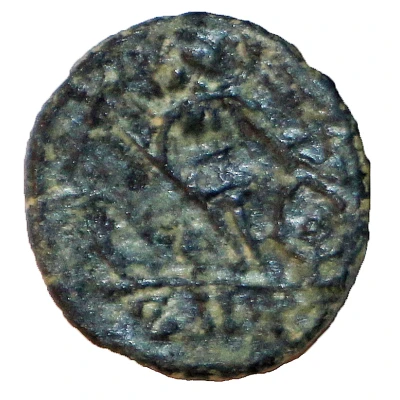

Follis - Theodora Constantinopolis; Barbarous, imitating Trier
| Bronze | 0.95 g | 13 mm |
| Issuer | Uncertain barbarous city (Rome) |
|---|---|
| Type | Standard circulation coin |
| Years | 337-340 |
| Value | Follis (1) |
| Composition | Bronze |
| Weight | 0.95 g |
| Diameter | 13 mm |
| Shape | Round (irregular) |
| Technique | Hammered |
| Orientation | Variable alignment ↺ |
| Demonetized | Yes |
| Updated | 2024-10-04 |
| Numista | N#275514 |
|---|---|
| Rarity index | 97% |
Reverse
Victory standing on prow wings outspread, holding spear with right hand and leaning on shield with left hand.
Palm-branch in left field and mintmark in exergue
Script: Latin
Lettering: ZPT in exergue
Translation: As with the obverse, the reverse legend is mirrored. Backwards, this is TRS for Trier, a common mint for Theodora's coins
Comment
Barbarous mule of a Theodora obverse and Constantinopolis reverse from Trier. Found in Britain and probably minted there.Theodora was the daughter (perhaps step-daughter) of Maximianus and the second wife of Constantius after Helena.
Interesting fact
One interesting fact about this coin is that it is an example of a "barbarous imitation" coin, meaning that it was produced outside of the Roman Empire, possibly by a local ruler or mint, and was designed to imitate the official Roman coins of the time. This coin, in particular, is believed to have been produced in the city of Constantinople, which was the capital of the Eastern Roman Empire, also known as the Byzantine Empire. Despite being produced outside of the Roman Empire, these coins were still widely accepted and used in trade throughout the Mediterranean region.
